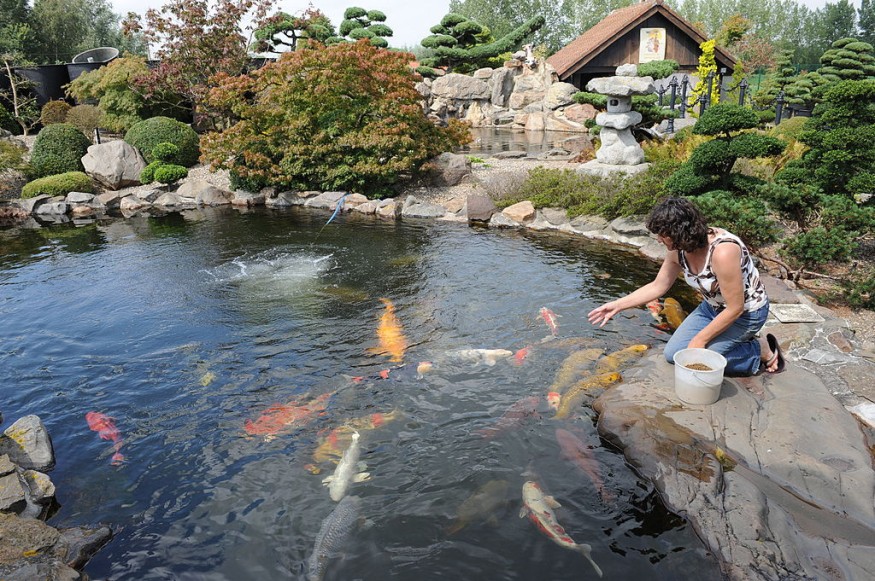
A water garden could sound unusual, challenging, and intriguing all at once. Here is a brief explanation of what it is and is not.
What It Is:
A Water Feature
Aquatic gardens, or water gardens, are water features that showcase a variety of aquatic plants. However, the aquatic plants distinguish a water garden from a fish pond or garden pond.
Water gardens can be any form or size and display a wide variety of themes whether they are planted outdoors, indoors, or in a vessel, shell liner, or PVC liner. Despite the possibility of deep ones, most water gardens are shallow in depth since many aquatic plants are depth-sensitive, according to LawnStarter.
An Ecosystem
An aquatic ecosystem can be managed and closely observed by a water gardener, giving them a rare opportunity to do so. It is advised to start by becoming familiar with the ecosystem's "parts" in a personalized water garden. This includes the choices of higher plants and algae as producers, the insects and microscopic zooplankton as primary consumers, the fish as secondary consumers, and the bacteria and fungi as decomposers, as per Oklahoma State University Extension.
Similar to a Plantbox
Include floating plants, submerged plants, and edge plants in your water gardens. However, certain aquatic plants are invasive and ought to be avoided or isolated in vessels. For a list of prohibited water plants, Gardener's Supply Company advises contacting the State's Natural Resources Agency.
What It's Not:
A Pet Fish Aquarium
Although many people have expertise with aquariums, using the same strategy to water gardens might provide challenges. When fish populations are kept low and they are allowed to forage naturally, feeding is not necessary. Stock fish under 6 inches long only in newly constructed water gardens because natural food sources can be scarce. A result of overfeeding is increased waste and deteriorated water quality, which is more likely to occur when fish are overfed recreationally, overstocked, or huge. Fish deaths, ammonia increases, and green water are all effects of overfeeding. If these problems occur, reduce feeding and conduct water exchanges.
A Swimming Pool
Some people are knowledgeable about pool maintenance, yet filters and chemicals are incompatible with natural water gardens. Effective fish waste filters are aquatic plants. Chemical management is impractical because microscopic phytoplankton can turn the water green and algae can grow on waterfalls. Lilies and other "higher" plants struggle with algae and phytoplankton for light and nutrients.
Plants should cover 50-75% of the pond's surface to prevent excessive growth. In ponds that are kept up and don't receive a lot of fish feeding, water quality checks are not necessary. It is unnecessary to worry too much about pH and other characteristics. Although pH in water gardens fluctuates throughout the day, peaking during microalgae blooms, it is acceptable between 6.0 and 9.0.
Mandatorily Expensive
Expensive filtration systems may have trouble with too many fish and feeding, necessitating routine upkeep. Stocking fewer fish and limiting or eliminating feed is the most economical strategy.
Koi and goldfish can be chosen by comparing pricey and inexpensive options. Koi-like color variety and durability are both features of goldfish. Choose streamlined goldfish instead of those with protruding eyes or huge fins. Though they need bigger pools, koi are particularly beautiful. While some koi hues are expensive, others are reasonably priced. For ponds under 1,000 gallons, novice gardeners favor goldfish.
Purchasing pond liners with higher quality materials promotes durability for ponds, according to Oklahoma State University Extension.
Related Article : 5 Tree Bark Harvesting Basics to Remember
© 2025 NatureWorldNews.com All rights reserved. Do not reproduce without permission.





